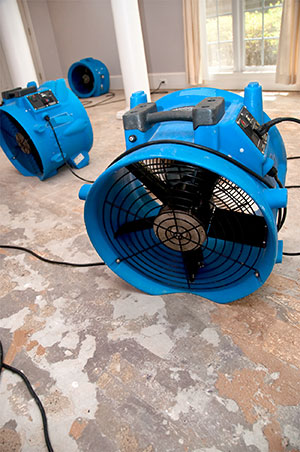 If you have experienced flood damage at your home or business, it is generally recommended that you turn to a professional flood damage restoration specialist to return your property to normal and ensure your safety. Flood damage can create structural and other hazards like electrical dangers and gas leaks, as well as introduce biohazards like mold and bacteria into your property. Special precautions like protective gear and proper equipment are key to a successful flood damage restoration job.
If you have experienced flood damage at your home or business, it is generally recommended that you turn to a professional flood damage restoration specialist to return your property to normal and ensure your safety. Flood damage can create structural and other hazards like electrical dangers and gas leaks, as well as introduce biohazards like mold and bacteria into your property. Special precautions like protective gear and proper equipment are key to a successful flood damage restoration job.
When it comes to flood damage restoration, these are the key elements to consider:
- Safety: If your flood damage is caused by a natural weather event, the water is assumed dangerous. This is because of the high likelihood of sewage failures and other problems when this type of water enters your home.
- Speed: Waiting too long to start the flood damage restoration process can also create safety hazards like mold overgrowth. This can start in as little as 24 to 48 hours after the water enters your home. Quick action is key. Materials like carpets, carpet pads and rugs should be removed so that the drying process can be sped up. Wet walls will need to be opened, and wet drywall and wet insulation need to be removed and disposed of. Dehumidifiers, air scrubbers and fans can help speed up the drying process. Upholstered furniture and mattresses that get wet must be thrown away. If the subfloor is wooden, it may also need to be removed.
- Patience: Once the standing water is removed and the drying process has begun, it is important to transition to patience. It can take a month for your walls and floor to dry completely after a major event. Trying to rebuild too quickly can lead to further problems like mold, insect invasions and deterioration of your home’s structure.
